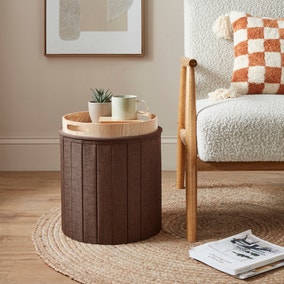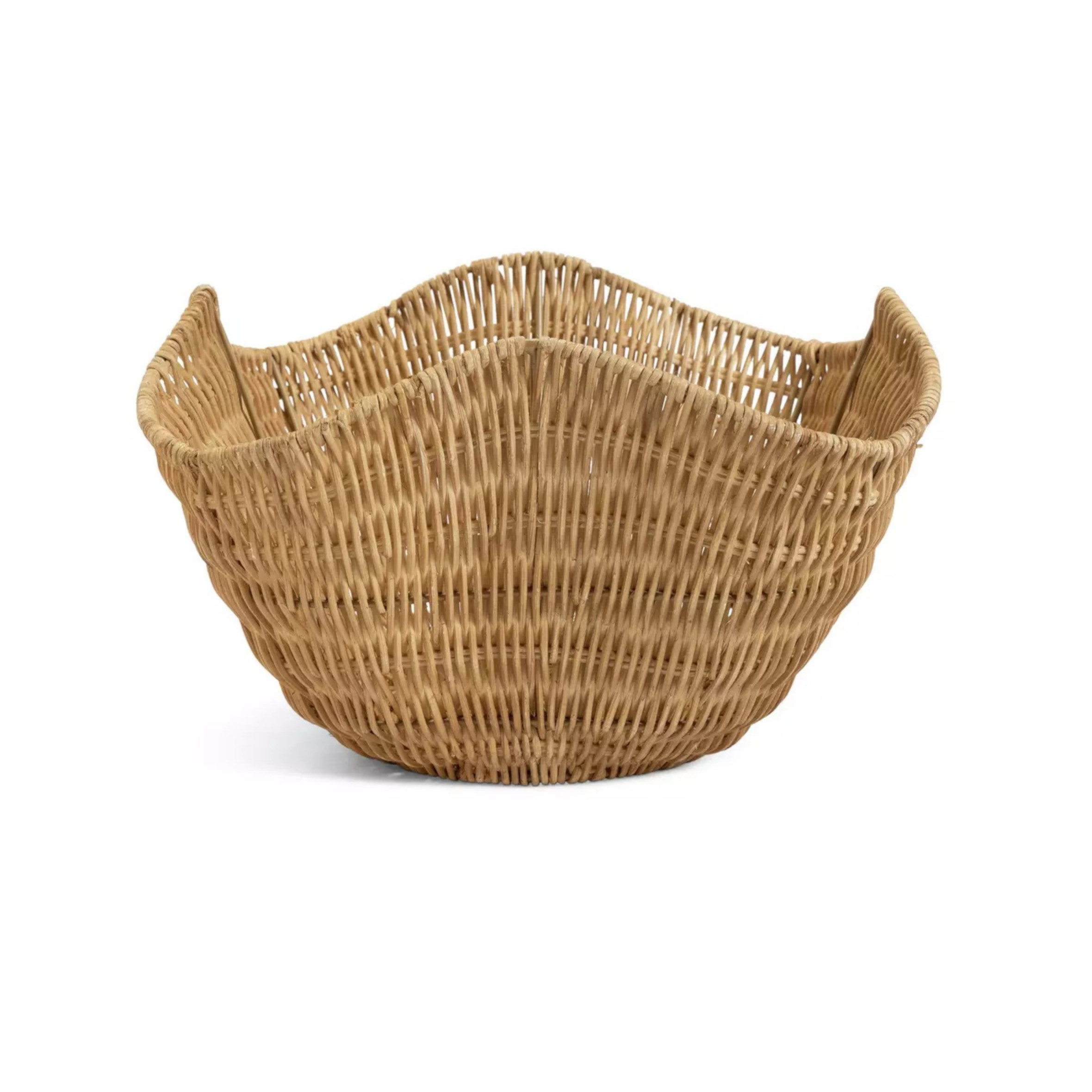The ultimate decluttering checklist – Experts share the 50+ things you should get rid of right now
Take a cut-throat approach to clutter, tackling it room-by-room, and discover the joy of living with less

Jenny McFarlane

As we move through life, and through homes, the detritus of daily existence builds at an alarming rate, which is why a decluttering checklist to use alongside your cleaning calendar is an essential tool.
However, tackling the mess can feel overwhelming so where do you even begin? Even if you left university with all your worldly goods in one cardboard box, just a few short years later it will have expanded to fill every orifice of your home. Add children to the mix and suddenly the battle to keep control of all the “stuff” can become overwhelming (and stressful).
Getting on top of organisation in your home has multiple advantages, from reducing anxiety and improving mental well-being, to increasing productivity and enjoying more living space. To make it happen, you need to create a checklist.
‘The benefit of a decluttering checklist is that it provides a structured and organised approach to decluttering, which can make the process less overwhelming and more manageable,’ explains Craig Hoareau, Association of Professional Declutterers and Organisers (APDO) member and owner of A Tidy Mind London. ‘It also helps you stay on track and ensures that you don't overlook any areas or tasks that need to be addressed.’
One of the main benefits of decluttering is that it goes hand-in-hand with organising, and with less items to manage, you will find it easier to stay organised and clutter-free. Once you’ve been bitten by the decluttering bug, take a look at how to organise kitchen cupboards and how to organise a pantry for expert decluttering tips on how to keep control of what’s left.
From clearing out kitchen cupboards to organising your wardrobe, we’ve broken it down so you can reclaim your space with ease.
Our step-by-step decluttering checklist breaks it down room by room, making the process feel manageable and even, dare we say, satisfying.
Sign up to our newsletter for style inspiration, real homes, project and garden advice and shopping know-how

Craig has a passion and proven skill for creating organised, functional spaces where the energy flows correctly. He has undertaken professional training in organising, decluttering and life coaching, and works as a declutterer and organiser at A Tidy Mind where he runs the South London branch. Craig has been through the central ‘A Tidy Mind’ franchisee programme which includes extensive training on all aspects of professional organising/decluttering, emotional support and mental health. Craig has been an organiser professionally for 4 years now and puts his credentials down mainly to a passion and talent for organising that he's have had for his whole life.
Your ultimate decluttering checklist room by room
One of the most common decluttering mistakes is attempting to do it all in one go. ‘This often leads to overwhelm and eventually burnout,’ says Craig. Instead, he recommends using your decluttering checklist to break the task down into smaller, more manageable bite-sized chunks and focus on one room, or even just an area of that room, at a time.
‘Don’t underestimate the time it takes to declutter,’ he adds. ‘You might think you can do a whole room in less than a day, only to end up stuck in the middle of a huge mess and no will to carry on. Make sure to give yourself plenty of time and set realistic goals.’ Methods like Swedish death cleaning which require a more thorough approach may take even longer.
We’ve spoken to a range of decluttering, storage and organising experts to get their top suggestions on the easiest things to get rid of right now, followed by guidance on how to do it. Use our decluttering checklist to tackle your home, one room at a time. Feel free to add in your own ideas as you discover more things you can happily live without. Grab a notebook and let’s go!
What to declutter in the living room
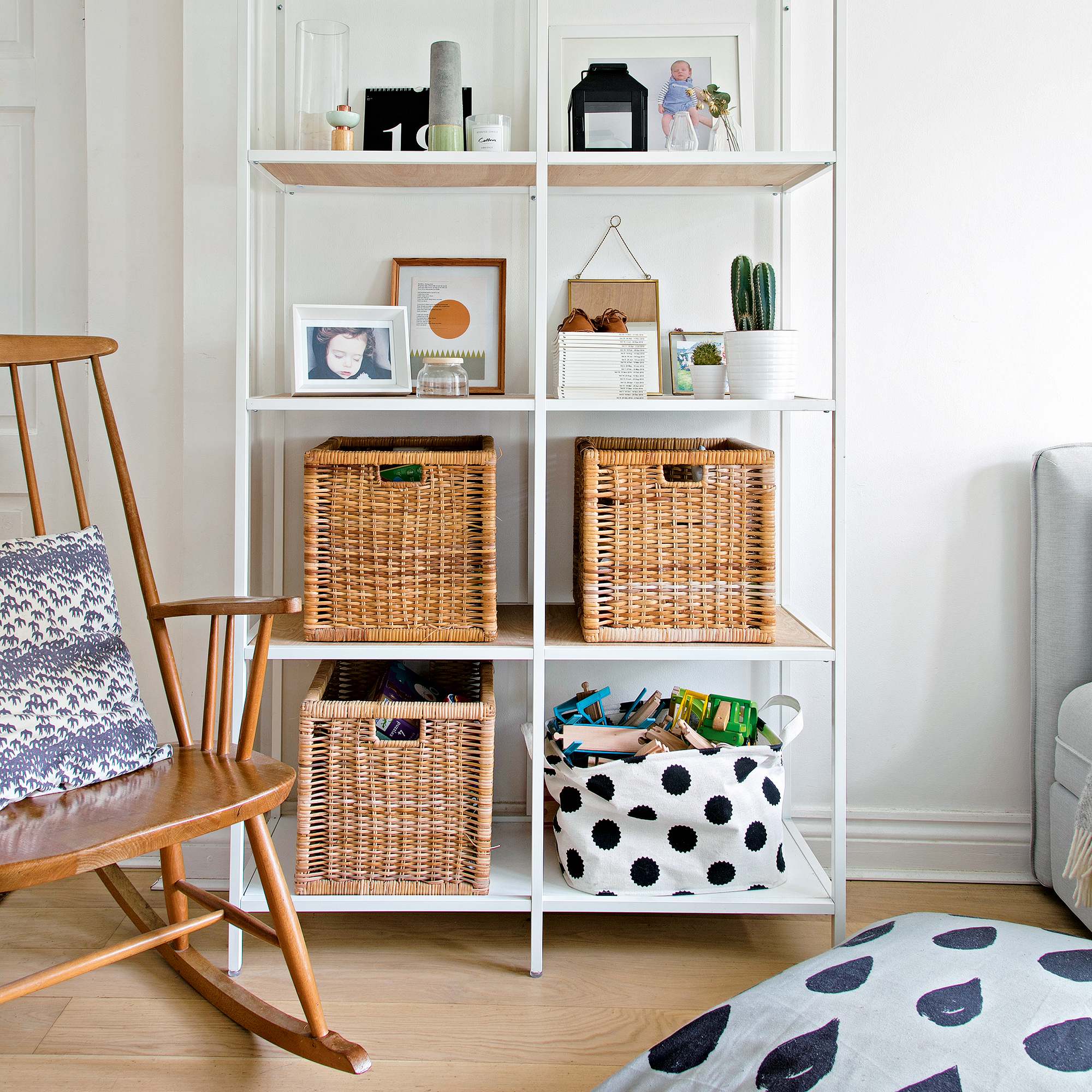
Living rooms tend to be multifunctional spaces and often play different roles in the day and night, for example entertaining, movie nights, sleepovers, eating, reading and working from home. Quick-fix clear outs include piles of old newspapers that can be recycled, boardgames that are outgrown or with missing pieces, as well as ornaments and art you no longer adore (goodbye, ‘Love, Laugh, Live’ photo frame).
When looking for ways to declutter your living room, ‘It’s a good idea to designate specific zones within living areas to help limit the clutter, such as creating a reading nook in one space and a small desk in another,’ suggests Emma Rostron, general manager at One Less Thing.
‘This way relevant items are kept in their own area and won’t clog up space where they aren’t needed, making the room seem far more harmonious.’ Sourcing storage that’s specific to each zone – such as a sofa caddy for remote controls and TV guides – will help keep control of items that escape your removal checklist!
'Start by clearing coffee tables, end tables, shelves and mantelpieces. Just being able to see surfaces again can make a massive difference. Redistribute items that don't belong and add anything unwanted to your donation, rubbish or gifting boxes. Assess the decorative items on display and remove any that don't add aesthetic value,' suggests Melissa Denham, Interior Design expert at Hammonds Fitted Furniture.
'Consider using baskets (like this large rectangular basket from La Redoute) for blankets, magazines, books and toys that belong in the living room but don't always need to be on show. Alternatively, fitted living furniture often comes with hidden storage to help you stay on top of clutter.'
More quick-ditch ideas for living rooms:
- Well-thumbed magazines and brochures.
- Non-fiction books you won’t reread.
- Tatty or excess throws and blankets.
- Uncomfortable cushions.
- Photo frames that don’t stand up well.
- Lamps you never turn on.
- CD and DVD collections that can be streamed.
- Toys and games nobody uses.
- Mantelpiece (trinkets and birthday cards.)
What to declutter in the kitchen

The kitchen has the most cupboard space of any room in the house, and, since nature abhors a vacuum, this generally spells disaster on the clutter front. When every cupboard, drawer and shelf is rammed with gadgets, utensils, pans and plastic containers, not to mention food, it’s hard to see what you’ve got.
Food stores are a good place to start the declutter, especially when deciding how to organise a small kitchen that barely has space for one half-filled bottle of malt vinegar, let alone three. Firstly dispose of anything way past its use-by date, and then decant any double-ups into one container, if possible. Consider donating food your family doesn’t like to the local foodbank. ‘Store dry food stuffs like rice, pasta and oats in large clear storage jars (like these Franklin Lade glass storage jars from Amazon) to keep them neat and allow you to see how much you have left. Airtight jars keep the contents fresher for longer as well,’ says Chris Dance, director, InHouse Inspired Room Design.
Another easy(ish) decluttering win in the kitchen is a cull of any appliances or tools you never use. Spiralizers, potato ricers, bread makers, waffle irons etc all seem like a good idea when they’re half-price on QVC, but if you haven’t bothered to read the instructions, it’s time to donate or sell.
More quick-ditch ideas for kitchens:
- Out of date and mouldy fridge condiments clear out.
- Organise freezer food by getting rid of items with frost burn.
- Sort out drawers with these top kitchen drawer organising tips.
- Chipped, stained or cracked crockery.
- Excess or never used glassware.
- Organise kitchen utensils and tools and get rid of duplicates.
- Old herbs and spices – a sniff test will tell if they’re basically dust.
- A glut of carrier bags and bread bags.
- Reduce the number of drinks bottles and flasks.
- Any food containers without lids.
- Things off the windowsill.
- Old papers off your fridge front or notice board.
- Reorganise under the sink by grouping similar items together in clear boxes like these from Amazon.
Decluttering cleaning products
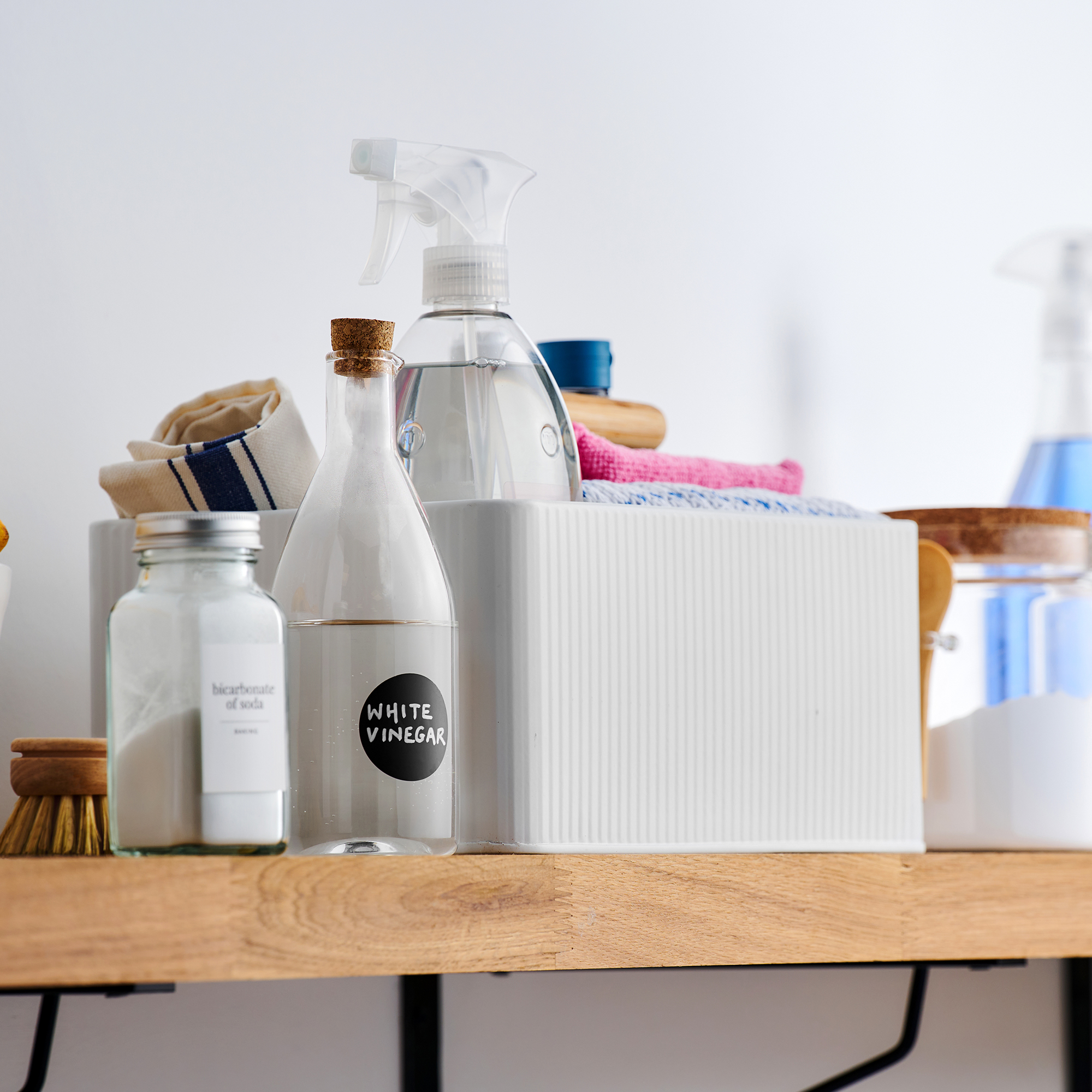
Whether you're the next Mrs Hinch or barely on speaking terms with a duster, we’re all prone to storing surplus stuff when it comes to the best cleaning products.
You can start decluttering cleaning products by taking every bottle, sponge and scrubber out of the cleaning cupboard and have a good sort out. Consolidate any half-used sprays and liquids, then bin brushes with flattened bristles and rusty scouring pads.
Laundry peripherals like fresheners, conditioners and scent balls can also be consolidated and streamlined. Do an inventory of mops, brushes and even vacuum cleaners and pare back to one of each. Many people buy a new vacuum on the promise of more power or features, but fail to bin the old, less efficient but still working model, keeping it for emergencies. Don’t be that person.
Choosing refillable cleaning products over single-use plastic can help declutter your cupboards with a clear conscience. ‘Many refillable cleaning products typically come in concentrated forms that can be mixed with water at home, meaning you can say goodbye to a cluttered cupboard filled with multiple plastic bottles!’ says Kathleen Bell, smol’s sustainable cleaning expert.
Once you've got rid of the cleaning products you no longer need, you can get on with how to organise a cleaning cupboard most effectively.
More quick-ditch ideas for cleaning products:
- Thin down your duster, cloth and rag collection.
- Broken or snaggy laundry baskets.
- Check and then recycle dead batteries.
- Move any outdoor tools, weed killer etc to the garden shed.
- Declutter food storage containers, jam jars and pots.
- Throw out old dish cloths with holes, scourers with no scour left and disposable wipes.
What to declutter in your home office
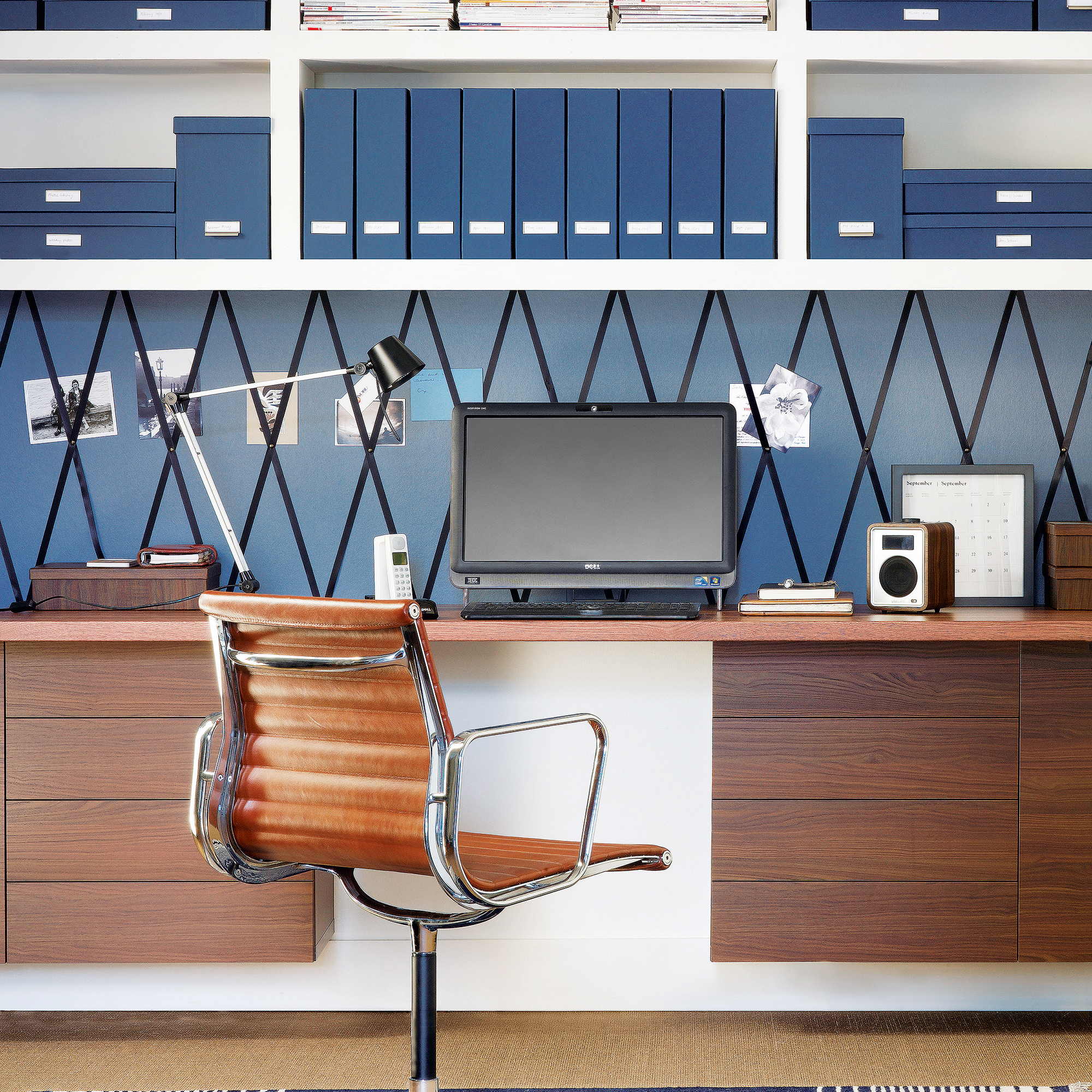
It doesn’t matter if your home office is just a corner of the living room or in a room of its own, paper is always one of the easiest items to declutter, not least because it can go straight in the recycling. Never print paperwork that can be digitally stored, unless absolutely necessary – it’s no longer a legal requirement to print out invoices and receipts for tax purposes.
A regular stationery inventory can also help maintain a clean desk policy; when did you last use that hole punch? Do keep check of pens and pencils, which often seem to breed overnight, binning any that have run out of ink/lead.
More quick-ditch ideas for your home office:
- Outdated paperwork that can be shredded.
- Old tech that’s been replaced (wipe any hard drives first).
- That tangle of cables with outdated connection points – here's what to do with old cables.
- Excess USB drives – cloud storage is safer.
- Business cards (take photos of any you need).
- Brochures, junk mail and flyers.
- Old receipts and junk mail.
What to declutter in the bedroom
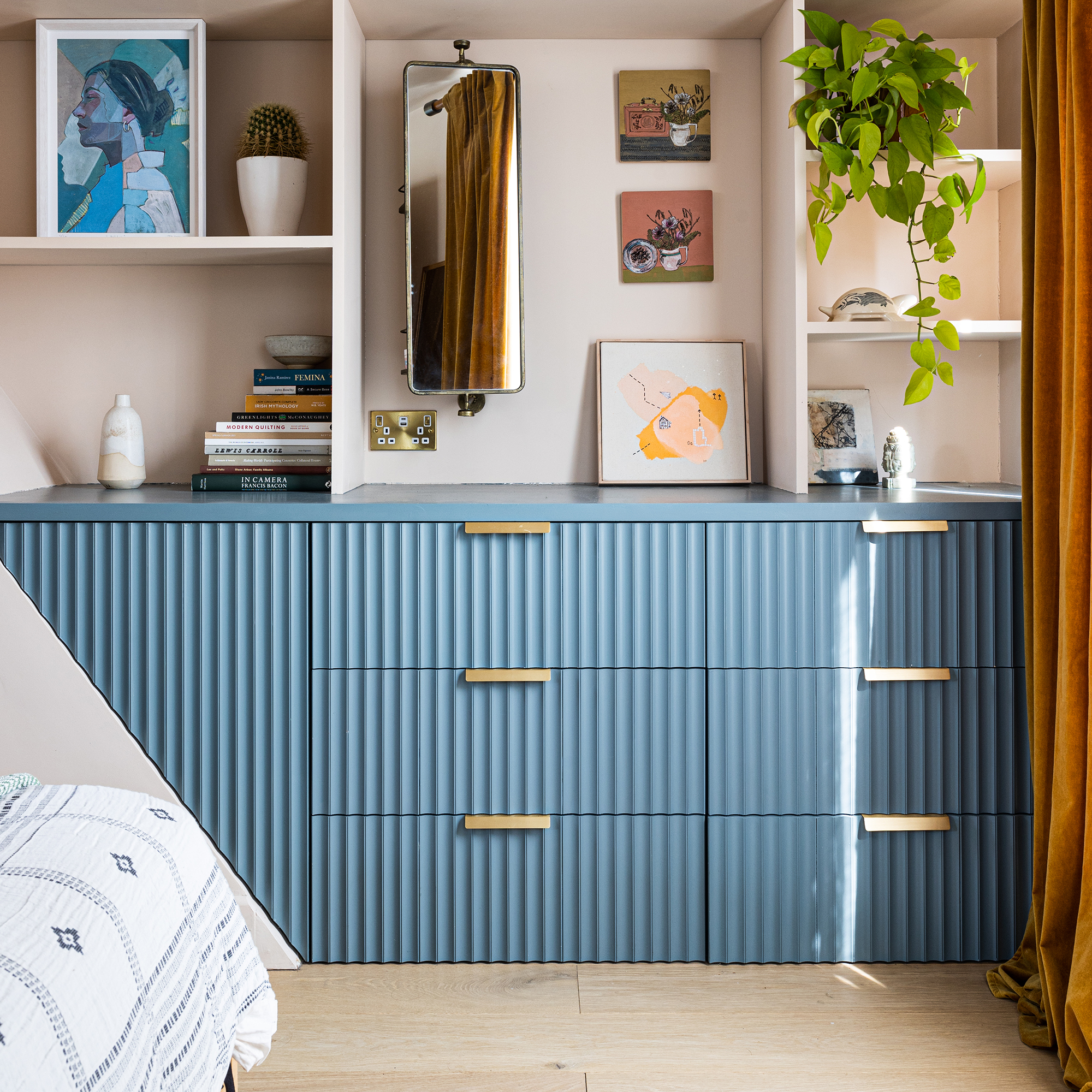
The bedroom can be one of the toughest rooms to tackle, particularly when it comes to parting with cherished clothing, especially since there are things you shouldn't throw out when decluttering a bedroom.
The easy wins when looking at how to declutter your wardrobe, will be those items that don’t fit or are just not comfortable, so you never reach for them.
‘Turning hangers in one direction and reversing this when you wear an item helps keep track on when you last wore a piece and will help you edit so that you aren’t holding on to unloved clothes,’ says Rachal Hutcheson, national retail manager at Sharps.
Any scarves or belts you never wear can also be quickly weeded out. Send footwear that pinches or is just woefully out of style directly to the shoe bank. If you have no option but to store items under the bed or on top of wardrobes, invest in stylish storage, such as vintage chests or pretty baskets, but do not let clutter breed inside!
Vicky Silverthorn, professional declutterer and organiser at Vintage Cash Cow, recommends breaking the bedroom down into more manageable, bite-sized projects, for example under the bed, dressing table drawers, bedside tables, shoe store and wardrobes and then taking on one area at a time. Leave wardrobes until last, hopefully you’ll have freed up space elsewhere to stash any garments you’re not quite ready to part with.
‘If you wish to donate clothing, have a look for charity shops in your local area. It’s always best to call ahead to let them know what you’ve got, and when is best to drop it off. You could also have a look for local clothing banks or door-to-door collection services,’ she says.
And don't forget to tackle decluttering your bedroom clothes chair.
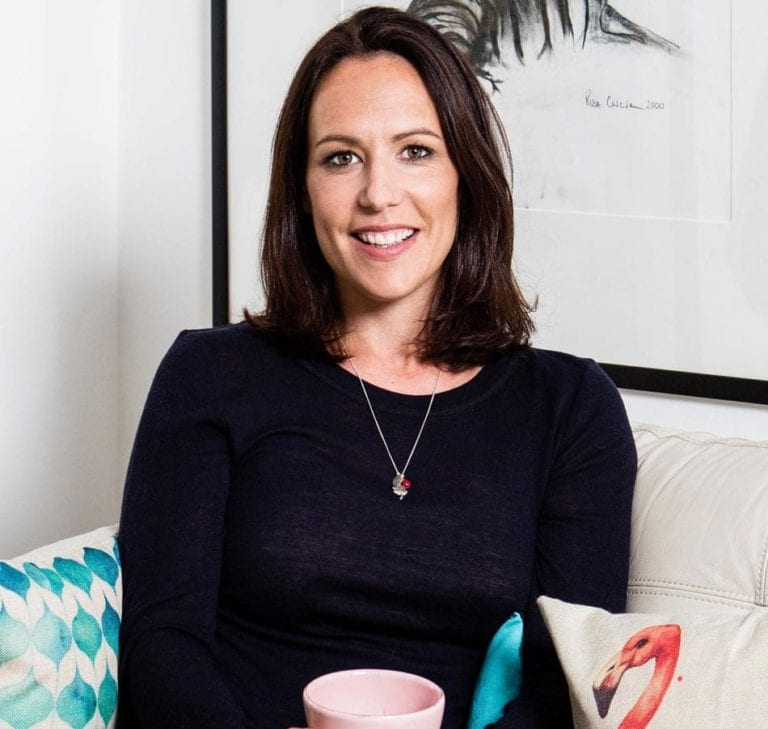
Vicky has been a Professional Organiser for over 10 years, having founded her organising company, You Need A Vicky in 2010. Vicky wrote a regular organising column in Ideal Home magazine and has featured regularly on This Morning giving organising advice. She's a member of the Association of Professional Declutterers & Organisers and has written an Amazon bestselling book - Start with Your Sock Drawer: The Simple Guide to Living a Less Cluttered Life - on tackling clutter.
More quick-ditch ideas:
- Broken, unfashionable or unsuitable jewellery.
- Off-season clothing that can be stored elsewhere or vacuum-packed.
- Sort through stale or excess cosmetics, perfume and skin care and store make up in organisers.
- Nail polish that has set solid.
- Luggage and bags – reduce and store inside each other.
- Loose change and old receipts.
- Any bedside books and magazines you’ve finished reading.
What to declutter in the bathroom
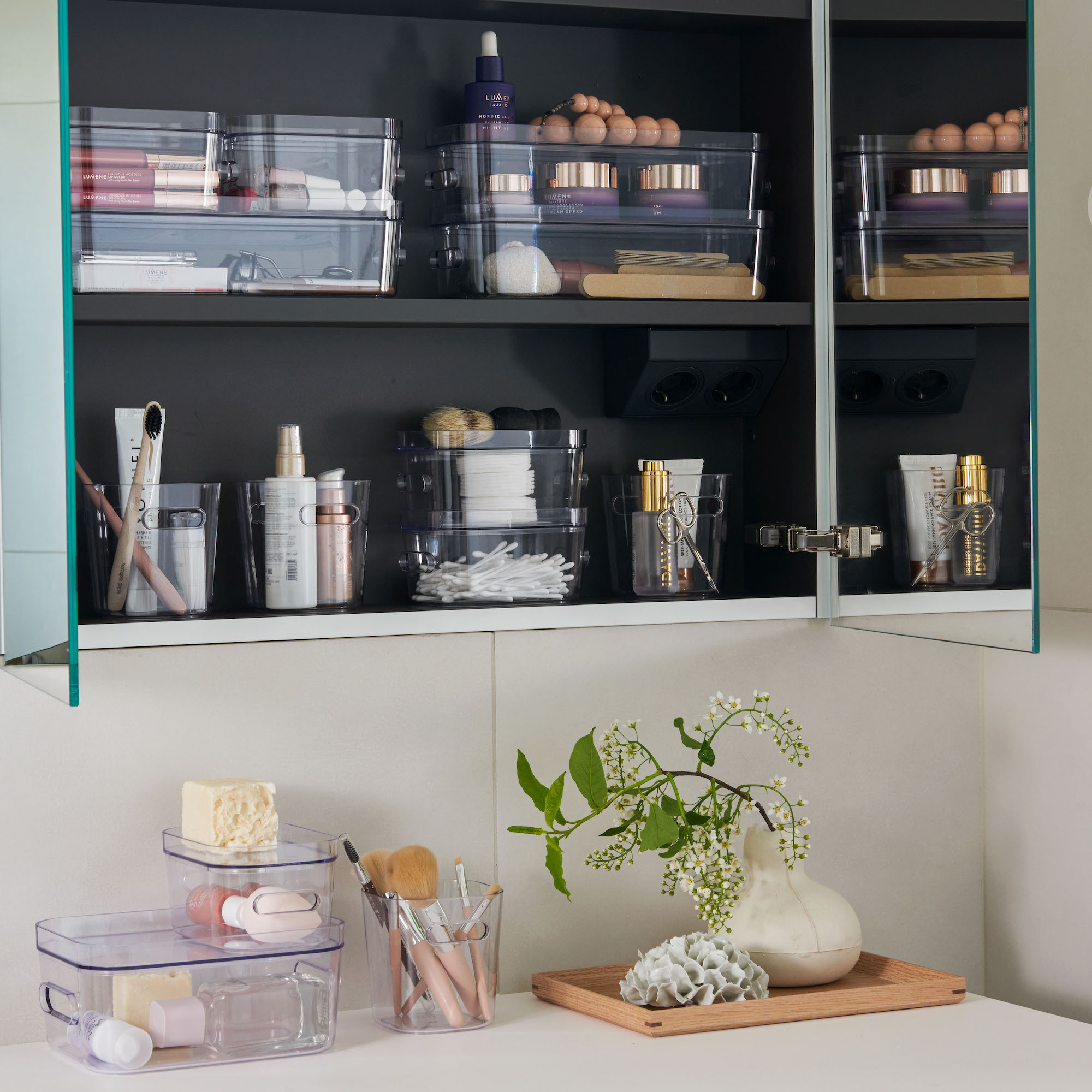
Often one of the smallest rooms in the house, decluttering a bathroom can have a big impact on the sense of space. When having a bathroom clear out, organising and styling duo, Charlotte Reddington-Smith and Gemma Lilly, aka Style Sisters, recommend checking for excess amounts of the same toiletries, or products that have been gathering dust and you simply aren't using.
‘These items can be given away to a friend or family member, donated or emptied and recycled. Your bathroom should be a clean, calm and clutter-free zone, so be really honest during the detox process to add some harmony and spa-like style to the space,’ says Charlotte.
“In today’s world of extensive selfcare routines, our bathrooms can quickly become consumed by an excess of products, and so knowing how to maintain a tidy space is crucial. To keep the clutter at bay, begin by throwing away any expired or unused items.
'From there, you may want to consider implementing drawer organisers for your cosmetics and grooming tools. These don’t have to be costly but can really help to maintain an organised space. For your larger items like your towels or dressing gowns, over-the-door hooks are a great solution and help minimise the appearance of mess,' adds Vlatka Lake, storage expert, at Space Station.
Also, do an inventory of the linen cupboard; removing any beach towels or bedding that hasn’t seen the light of day for decades. Be sure to check bedding sizes – have you upgraded to a super king, yet still have piles of double duvets stacked up.
However, it's always worth knowing what not to throw away when decluttering a bathroom before you begin.
More quick-ditch ideas for decluttering your bathroom:
- Old and expired toiletries, sunscreen and medication.
- Thinning or tatty towels – repurpose for cleaning cloths.
- Bath robes and shower caps you don’t use.
- Excess or stained make-up and toiletry bags.
- Bath toys that are broken, mildewy or unloved.
- Cleaning products and tools that aren’t in regular use.
- Out of date medication
- Unused bath sets
- End of a bar of soap
- Manky sponges
What to declutter in a guest bedroom
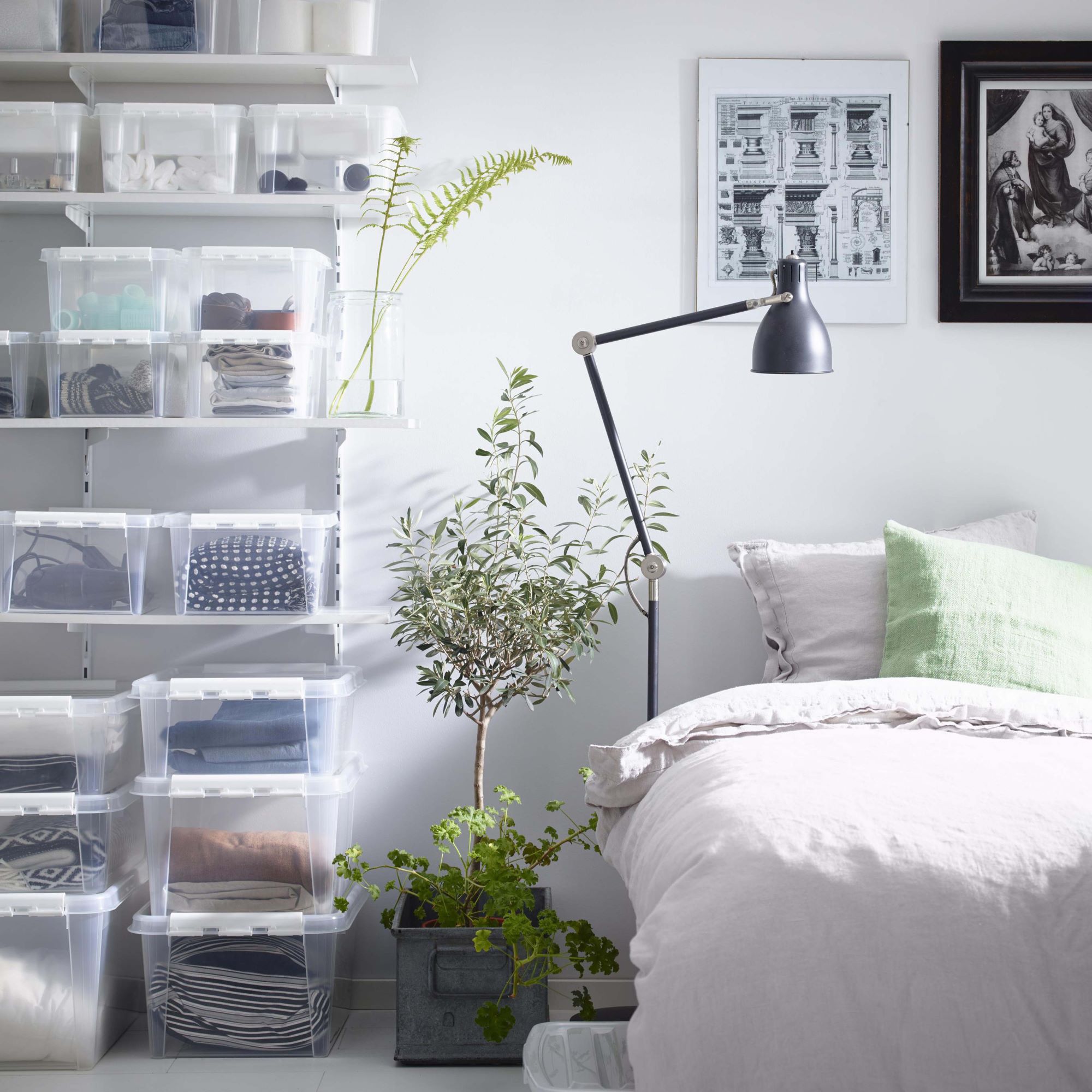
The guest bedroom is often the most cluttered room in the house, with a tendency to turn into a dumping room every time your back is turned. It’s often the place that things you don’t want but can’t bear to part with, seasonal clothing, spare bedding and old toys all goes to die. When tackling how to organise a small bedroom, having a decluttering checklist to hand is a must.
‘If your spare room multitasks as an office space then it is one of the hardest-working rooms in the house, switching between functional and guest-ready at a moment’s notice. For this reason, it’s important to include storage solutions that work hard for the space and make the transition easy,’ says Adam Black, co-founder at Button & Sprung.
‘An ottoman or divan bed offers a generous solution to clutter that you can’t actually bin, while ensuring easy access to occasional items. And as the storage is neatly in the footprint of the bed, it’s an ideal solution for even small room. Organise your spare room items under the bed and turn your guest room into a tranquil space for work and rest.’
More quick-ditch ideas for guest bedrooms:
- Guest towels, only store enough for the number of guests you host.
- Ditto spare bedding.
- Bags/suitcases – get rid of any that are tired or broken.
- Seasonal wear – check for fit/damage, then vacuum pack and pop under the bed.
- Exercise equipment that’s not used
- Old hotel toiletries you think they’ll use
- Books in cardboard boxes
- Anything completely random and ‘homeless’ must go!
How to declutter effectively
In theory, the art of choosing what to keep and what to give up is quite simple and applies to any item. All you have to do is decide whether to keep, sell, donate or bin each item.
Some people will find it very easy, but others may seriously struggle, especially with items that have a sentimental connection. ‘If you find it tough to part with things, create a ‘maybe’ pile, put it in another room or the loft/garage, and set a reminder for six months’ time on your phone,’ recommends professional organiser Charlotte Sitton, aka Organised by Charlotte.
‘If you haven't thought about it during that period then you know the answer!’
We asked two of the UK’s top decluttering experts Ingrid Jansen and Lesley Spellman from The Declutter Hub to break down the steps for us, from getting rid of emotional clutter to how to declutter when you're overwhelmed:
- 'Before you even start to think about the things you’ve got, try and work out why you feel such a strong, emotional connection to certain items. Emotions first, stuff second.
- The questions ‘Do I need it? Do I use it? Do I love it?’ will help at a basic level but often our emotional connection to clutter is way more complex.
- Make a plan before starting the work. Think about your big picture goal and how you’ll make it happen, bit by bit.
- Break every decluttering project down into manageable chunks (for example, focusing on one room, or one corner) so you don’t give up at the first sign of overwhelm.
- Don’t tackle the hardest room first - start in an area that is simpler so you can build up your decluttering muscle.
- Take before and after photos - this will allow you to see and appreciate your progress as you work.
- Understand that decluttering is not a quick fix. It involves time and effort to master.
- Celebrate your wins - always take time to look back on what you’ve achieved as that will give you the motivation to continue.'
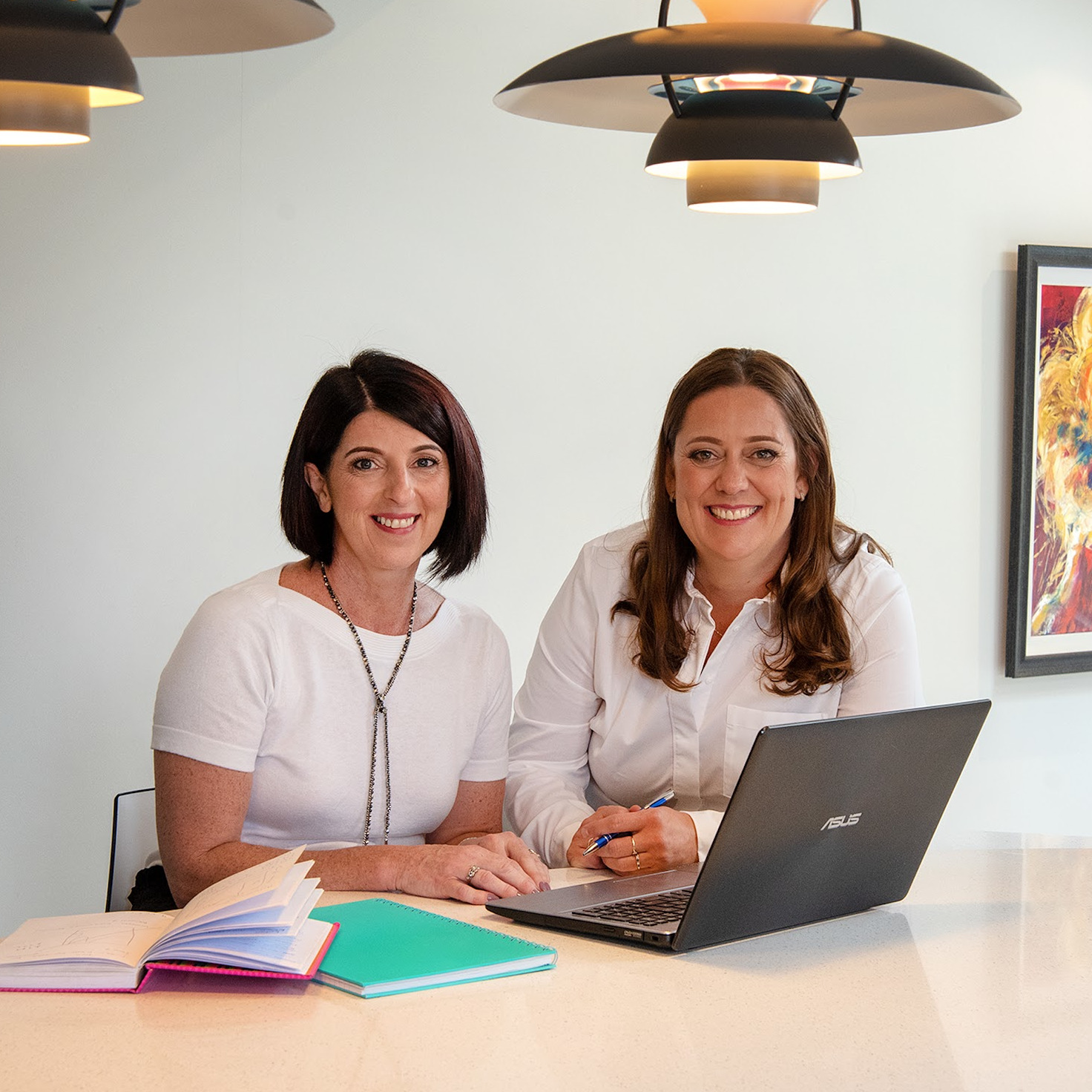
Ingrid Jansen and Lesley Spellman, The Declutter Hub, are the UK’s top decluttering experts, with a leading podcast (2.5M+ downloads) and a 50,000-strong Facebook community. Their new book, Reset Your Home: Unpack Your Emotions and Your Clutter, Step by Step (Bloomsbury), out February 2025, shares their proven method for emotions-based decluttering and lasting organisation.
How to keep the clutter at bay

Once you've used our decluttering checklist to reduce your belongings to the bare essentials, and hopefully created a lot more space in the process, then it’s all about managing the space effectively. Dedicated storage is critical, says Simon Glanville, managing director of A Place for Everything.
‘There are plenty of stylish storage options available but try to think about what type of storage will work best in each room and according to use,’ he says. ‘For example, stackable storage baskets that are transparent (like these kitchen storage boxes from A Place for Everything) so you can easily see the contents are perfect for quickly finding things in a pantry. In the living room, opt for multifunctional storage furniture like a coffee table with drawers.' Or you could opt for this Ingo coffee table from Habitat that has a hidden storage space within its base.
Once you have found everything a home, be vigilant and don’t let it stray. Keeping your space clutter-free is a continuous process rather than a one-off quick fix. Before introducing anything new to the home, question whether it’s really necessary. Refer back to your decluttering checklist and have another cull, perhaps once or twice a year, to keep things in check.
‘When decluttering, it’s important to maintain the homely feel – you don’t want your house to feel cold and slightly sterile,’ adds Elaine Penhaul, director of home staging company Lemon and Lime Interiors. ‘We always advise keeping a few family photos around, displaying fresh flowers or a lit candle to add personal charm into your revitalised decluttered space.’
In need of a few rules for a clutter free home? The Declutter Hub's Ingrid Jansen and Lesley Spellman gave us some pointers to tackle clutter upkeep.
- 'Incorporate a RESET into your day: Designate a time you want your home to be at its tidiest? If you are a stay at home parent this may be after school drop off and after bath time. If you go to work, before you go to work and after dinner. If you have a busy house the chances are you will need at least two resets a day.
- Little and often really is the key: By resetting your house consistently you don’t give yourself a backlog of jobs to do over the weekend. Ten minutes can be all it takes if you focus on often.
- Decide on your Non-Negotiables: Making your bed, putting on a load of laundry, doing the dishes, clearing your work surface. Decide on the daily tasks that are non-negotiable in your house, share them with other members of your household and stick to them.
- Create a Donation Station: Have a designated spot in your home where you can keep things you find that you want to donate. It saves things from ending up in piles all over the house and makes it easy to declutter as you go.
- Introduce a Catch-All Basket: All those things you find on your daily reset that belong elsewhere in the house can be gathered together and you can do just ONE trip to redistribute rather than several trips up and down stairs. It will save time you looking for lost things and energy. A hallway or bottom stair is the perfect spot for your basket.
- Operate a One in One Out policy: Be intentional about what comes into your home. If you are going to buy something new, decide in advance what needs to go to make space for it.'
FAQs
What is the rule of 5 decluttering?
‘With the rule of 5 decluttering idea, you go from room to room and locate five things in each that you no longer want and can let go. The idea is to be rid of easy non-emotional clutter such as broken items, unused tech, unworn or tatty garments, old magazines, worn out bedlinen and so on,’ says Gillian Gudgeon, APDO member and founder of Restore The Calm.
What is the 20/20 rule for decluttering?
According to Gillian, the 20/20 decluttering rule dictates that if you can replace something for less than £20 and in under 20 minutes, you can safely get rid of it. ‘It’s useful for objects that you rarely, if ever, use such as kitchen utensils or that mysterious blue cable. The rationale behind this rule is to make you more ruthless at decluttering by avoiding the ‘but it might come in useful’ dilemma,’ she explains.
What is the 6 month rule for decluttering?
The 6 month rule for decluttering is about letting go of items you haven't used in the last six months. The concept is simple; if you haven’t used it in half a year, it’s a waste of precious space. ‘The 6-month rule is just a guideline, and there may be some exceptions,’ warns Craig Hoareau, of A Tidy Mind London.
‘For example, there may be seasonal items that you only use during certain times of the year, like Christmas decorations, seasonal clothing like coats or even cookware you use once a year for a specific holiday. In these cases, adjust the time frame to reflect the actual use of those items or do not include them in this method.’
So there you have it, the ultimate decluttering checklist. And remember, 'Tackling smaller tasks regularly allows you to maintain a sense of control and momentum, rather than feeling paralysed by the enormity of the job,' explains Lena Gierasinska, Head of Product and Displays at Barker & Stonehouse.
'By addressing clutter incrementally, you’re able to make intentional decisions about what to keep and what to let go, ensuring your home reflects your current needs and lifestyle. It’s a practical way to reduce stress and create a more harmonious environment without the need for drastic upheaval.'
Is time not on your side? Take a look at how you can declutter your house fast.

Linda Clayton is a professionally trained journalist, and has specialised in product design, interiors and fitness for more than two decades. Linda has written for a wide range of publications, from the Daily Telegraph and Guardian to Homes & Gardens and Livingetc. She has been freelancing for Ideal Home Magazine since 2008, covering design trends, home makeovers, product reviews and much more.
- Jenny McFarlaneSenior Digital Editor

